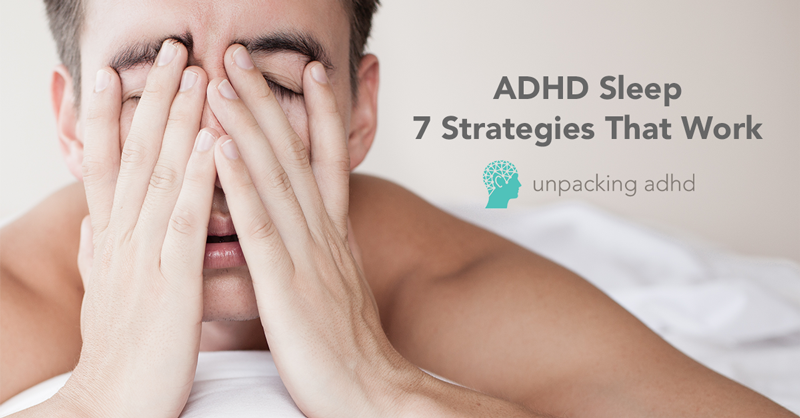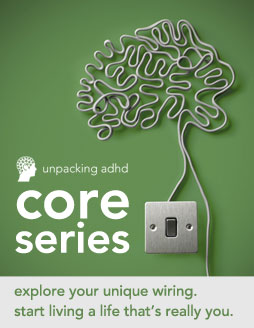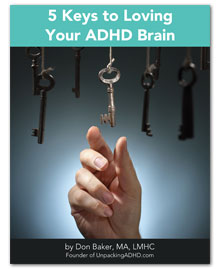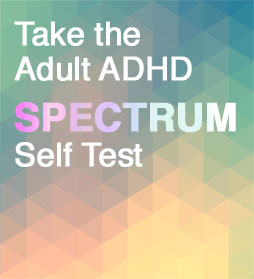Most of my clients report some form of sleep issue and some are challenged in epic ways.
Bill Dodson, MD has written a lot of great stuff about sleep disturbances related to ADHD. He really gets into the way that sleep issues are a result of the unique traits of ADHD.
We’re learning more about adult ADHD and sleep through new studies. Dodson sums it up this way: “Sleep disturbances associated with ADHD generally appear later in life, at around age 12 1/2 on average. Consequently, the arbitrary age cutoff has prevented recognition of sleep disturbances in ADHD until recently, when studies of adults have become more common. Just as ADHD does not go away at adolescence, it does not go away at night either. It continues to impair life functioning 24 hours a day.” (Source: This is Why You’re Always So Tired)
Dodson also points out that sleep deprivation makes ADHD symptoms worse. Shane, one of my clients, was telling me yesterday that he thinks his meds need to be adjusted. But then he said, “Oh, do you think it could be that I’ve been getting four hours of sleep on average this week?”
ADHD does not go away at night. Mental and physical restlessness do not stop.
Here are some examples of sleep challenges my adult clients describe. Do any of the following sound familiar?
- You can’t shut off symptoms of mental and/or physical restlessness when you attempt to sleep.
- When you’re able to to fall asleep, you sleep restlessly. Your sleep quality is poor and far from restorative.
- You wake up groggy, unmotivated, lost in a dense fog. It feels impossible to rally and get up. For those of us that have this experience, mornings are brutal and we don’t come fully awake until after noon.
7 ADHD Sleep Strategies
I know you’ve probably tried improving your sleep in various ways before. All I ask is that you please give it another shot. Remember, this is a process of trial and error. Relief will come from a system that’s unique to you. Try many things, so you can decide what works and what doesn’t. Then, focus on how to sustain a practice with what does.
In my experience, implementing new strategies is interesting. My challenge is staying with new practices. I get bored, frustrated, discouraged, and even forget! If I can make progress with this, you can too.
1) Bookend your day.
Have a set bedtime and a routine to go to bed. Stick to it and don’t fudge! See yourself starting to blow it off — don’t. It’ll get easier.
2) Avoid screens.
Avoid electronics devices in bed. Better yet, avoid screens and LED lights for an hour or more before you go to bed. Did you know that many electronic devices emit a bright light that includes the intense blue tones of the color spectrum? Our brains associate this with bright sunlight and adjust our biochemistry to keep us alert.
If you really like screen-time before bed, experiment with amber glasses or free software that adjusts your screen color based on the time of the day. Many e-readers already include an amber-screen option for reading in dim light.
3) Hack your sleep cycles.
Understanding your sleep better is essential to improving it. Technology can be a huge help with that. I love the Sleep Cycle app, which not only helps me see how restfully I’m sleeping, but also times my morning alarm to avoid my lightest sleep phase.
4) Eat something. Or not!
Many people find that an appropriate snack before bedtime helps them settle down to sleep. Others do better if they don’t eat anything. Find out what works best for you.
Some nutritionists recommend a bedtime snack that stimulates production of melatonin, a hormone that occurs naturally in the body and helps regulate sleep. Examples include:
- whole grain or fiber-rich cereal and milk
- low-fat yogurt
- cheddar cheese and whole grain crackers
- peanut butter on toast
- bananas
(Source: Foods That Help You Sleep)
5) Try dawn-simulation lights.
Dawn simulation is a technique that involves timing lights, often called wake-up lights or natural light alarm clocks, to come on gradually over a period of 30 minutes to two hours, before you wake up. Research associates dawn simulation with easier waking and better mood, especially during the dark mornings of winter.
6) Stay awake!
Get in bed, turn out the light, and pretend to yourself that you have to stay awake. Gretchen Rubin swears by this strategy, quoting a Josephine Tey mystery novel, “He had only to begin pretending that he was not allowed to go to sleep for his eyelids to droop. The pretense eliminated in one move the greatest barrier to sleep: the fear that one is not going to, and so left the beach clear for the invading tide.”
7) Move during the day.
Regular exercise helps balance hormone levels and reduce our “fight-or-flight” response to stress. This can make a big difference when it’s time to settle down for bed. But keep in mind that exercise is energizing in the short-term. It’s best not to schedule your workout too close to your bedtime.
How about you? Have you found a sleep strategy that works? Was it a process of trial and error? Take a minute and comment. I’d love to hear from you.
Don Baker, MA, LMHC
I’ve been leading groups for adults living with the traits of ADHD for more than 15 years. I am a licensed counselor in the state of Washington, and I received my own diagnosis of ADHD in 1997. I am passionate about sharing cutting edge information about ADHD wiring and helping people with ADHD connect with others in their “tribe.”






Thanks for some unique sleep strategies! I swear by Melatonin spray.
To add to the “Hack your sleep” section, the android app “Sleep as Android” is excellent. I use this in conjunction with the “Mindroid” app to play a guided meditation to settle me down. Mindroid kicks off Sleep as Android when it finishes to start the sleep tracking app.
While the sleep tracking is super handy, the best function for me is the “bedtime alarm” – I now get an alarm 8.5 hours before my wake-up alarm is going to go off, so I can start my bedtime routine, or at least be mindful of the decision I am making to skip sleep.
Thanks for sharing CP!